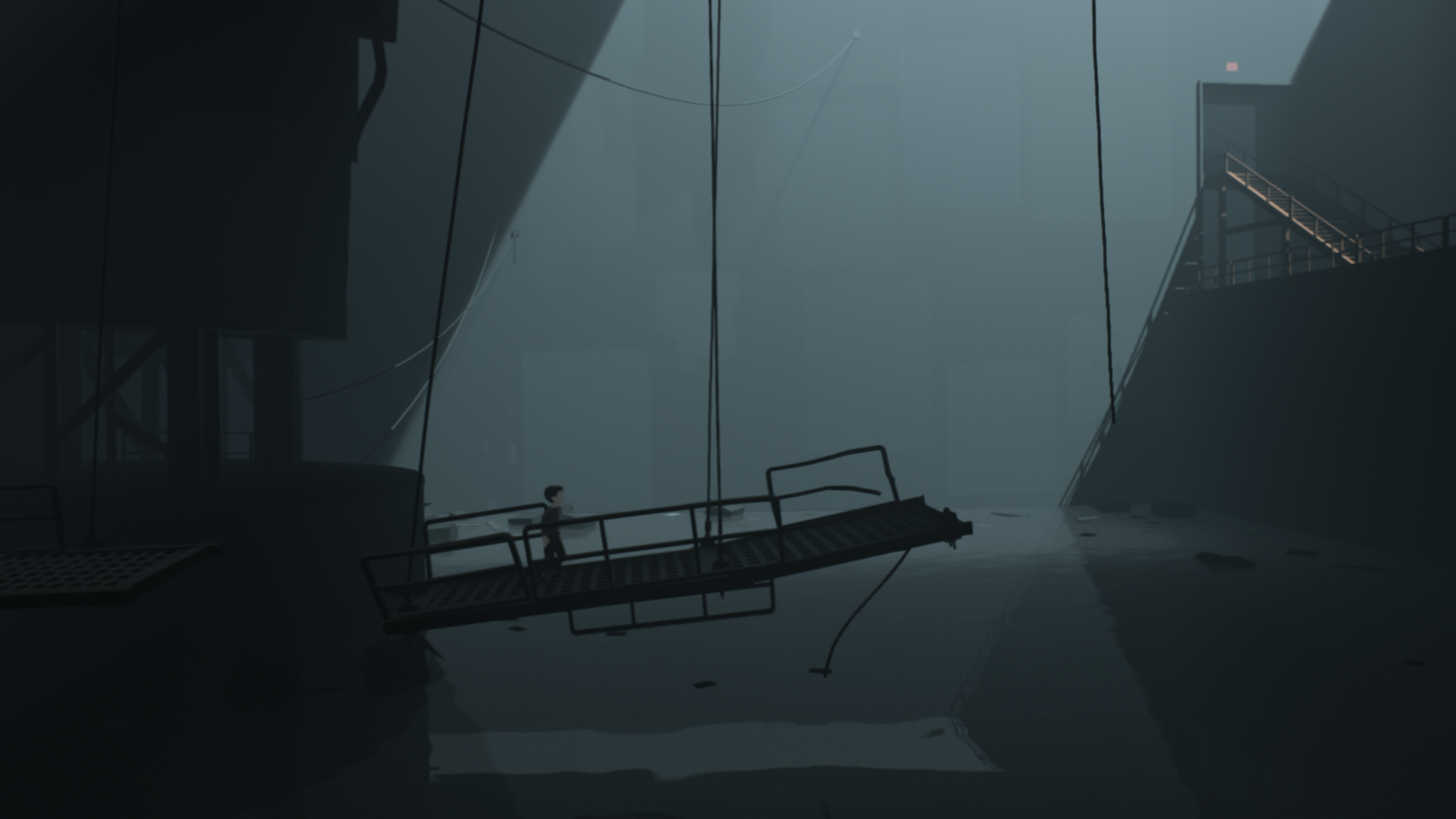INSIDE review
The tone of INSIDE can be summarized in a single phrase: environmental storytelling. Playdead Games unravels the mystery of this game through a world of silence, a palpable (and anxiety-inducing) blanket of quiet broken only my ambient noise. The result is a sense of worldbuilding that I can only describe as incredible — masterful, even.
In the lead-up to the game’s launch, many people wondered if INSIDE would act as a sequel to LIMBO, which was widely considered to be one of the two best indie games to on Xbox 360. And while there is no blatant continuation of the world or story, I spotted several subtle ties to LIMBO, suggesting that the two games might be more interconnected than the actual stories suggest.
Outside looking in
Visually, INSIDE echoes the established “Playdead style” of LIMBO while also evolving it. The studio’s second game incorporates sparse bits of color, and while many of those are washed out, the boy’s red sweater is a stark and ever-present spot of life. Even something that minimalistic adds to the story, establishing the boy’s life in contrast to the dreary and dismal scenes around him.
There’s also a peculiar “claymation” look to the character models. It reminded me of Ashen (which, as you might recall, is one of the games I’m most excited for this year), and that adds to the unsettling nature of moving through this dark world.
Part of INSIDE’s charm is the lack of a soundtrack, as the core aural elements come from environmental sound effects. Many of these felt like the work of foley artists, those genius sound engineers who replicate natural sounds by using everyday objects. (Sadly, I couldn’t find any evidence to support or dismiss that idea.) And those few soundtrack-y pieces are still swelling and sweeping ambient noises and chords that help raise or lower the tension of the key moments.
The game’s narrative platforming maintains its greatness from start to finish, and I was pleasantly surprised to find that the puzzles were marginally less difficult than the ones in LIMBO. I suspect that was to make the game more accessible (not everyone enjoyed that aspect of LIMBO) but the change benefits everyone. As a result, immersion within the game keeps the same stunning level for hours on end.
Experiencing INSIDE comes to a head at a pivotal moment. This single, monumental end-game shift answers the game’s big question and catapults the story in a very new direction. Many people loved the climax, but I found it rather jarring. The change in tone yanked me out of the complete immersion like a bucket of ice water to the face. And while I’m sure that was Playdead’s intention, it actually weakened the impact of the earlier hours.
To reiterate: the big plot twist isn’t a “bad thing” necessarily. It’s just a big thing, and one that didn’t resonate with me as strongly as most other reviewers. That moment is impossible to describe without spoiling the entire story, but the shock factor ensures it’s something that will stick with you for a long time.
In a nutshell
Most of the gaming industry considered INSIDE to be the 2016 Game of the Year, a true masterpiece that redefines puzzle-platforming adventure games as a genre. The apparent simplicity masks an incredibly deep and evocative experience, and—thanks to a short run-time of 5ish hours—it’s a game I would recommend to anyone and everyone.
You’ll absolutely enjoy INSIDE if you had fun with LIMBO, Braid, or Oxenfree.
Pros
+ Environmental storytelling
+ Immersive worldbuilding
+ Select use of soundscapes
+ Level of tension
Cons
- Divisive tone shift



